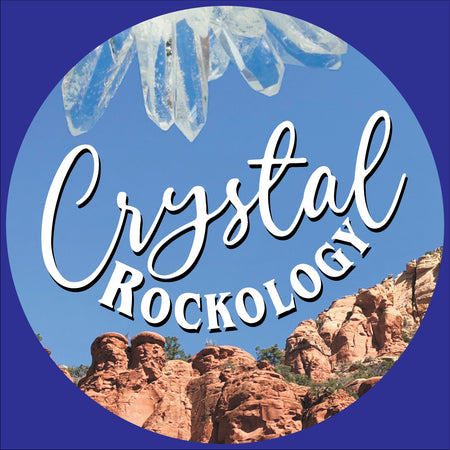Mariposa Honey Color Calcite with Phantom Mexico 316g
This is a less common, beautiful example of scalenohedral, large dog tooth Calcite crystals, often referred to as "Mariposa" or Butterfly Calcite, presenting with phantoms, inclusions and two phases of growth. 3.54" x 3.01" x 3.37" or 89.9mm x 76.5mm x 85.7mm. The gorgeous orangish-brown to honey-caramel color is from the influence and inclusion of Hematite and or iron oxide. The luster emanating from the surface of the crystals is beautiful, giving some of the crystals in this specimen a shiny appearance. Very UV reactive, the crystals glow a profound cool, ghostly cream or white color when exposed to longwave UV light. Applied shortwave UV light may cause fluorescence that is reddish in color due to the presence of manganese in the basal / lower or first phase, rhombohedral, calcite growth. Moderate scuffing and cleaving along the edges and terminations of the crystals is considered the norm for this find of Calcite. 316 grams.
*****Important to note is that this specimen comes from a recently discovered pocket of the material found about 850 meters below the surface. The last pocket was found in 2014 to 2015. Before that this form of Calcite was found about 30 years ago. It goes without saying that examples of this material are less common due to the sporadic discovery and availability of the crystals.
Source / location: Buena Tierra Mine, Francisco Portillo, West Camp, Santa Eulalia District, Chihuahua, Mexico
This is a less common, beautiful example of scalenohedral, large dog tooth Calcite crystals, often referred to as "Mariposa" or Butterfly Calcite, presenting with phantoms, inclusions and two phases of growth. 3.54" x 3.01" x 3.37" or 89.9mm x 76.5mm x 85.7mm. The gorgeous orangish-brown to honey-caramel color is from the influence and inclusion of Hematite and or iron oxide. The luster emanating from the surface of the crystals is beautiful, giving some of the crystals in this specimen a shiny appearance. Very UV reactive, the crystals glow a profound cool, ghostly cream or white color when exposed to longwave UV light. Applied shortwave UV light may cause fluorescence that is reddish in color due to the presence of manganese in the basal / lower or first phase, rhombohedral, calcite growth. Moderate scuffing and cleaving along the edges and terminations of the crystals is considered the norm for this find of Calcite. 316 grams.
*****Important to note is that this specimen comes from a recently discovered pocket of the material found about 850 meters below the surface. The last pocket was found in 2014 to 2015. Before that this form of Calcite was found about 30 years ago. It goes without saying that examples of this material are less common due to the sporadic discovery and availability of the crystals.
Source / location: Buena Tierra Mine, Francisco Portillo, West Camp, Santa Eulalia District, Chihuahua, Mexico










